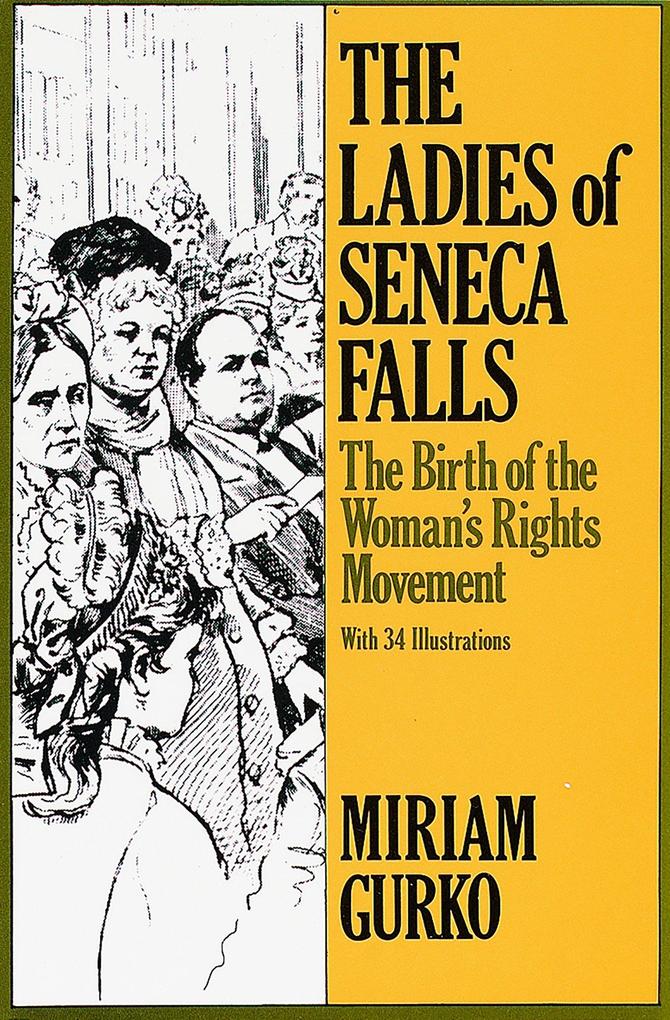On July 13, 1848, five women conversed over tea in a small upstate New York town. The next day, the local newspaper carried their announcement inviting women to attend "A Convention to discuss the social, civil, and religious condition and rights of women. ″ A few days later, the American woman's right movement became reality.
Miriam Gurko traces the course of the movement from its origin in the Seneca Falls Convention through the passage of the Nineteenth Amendment giving women the right to vote. She examines each of the movement's founders-Elizabeth Cady Stanton, Lucretia Mott, Susan B. Anthony, Lucy Stone, and others-to show the various backgrounds from which their feminist consciousness sprang and the unique contribution that each made to the destiny of the movement. This straightforward, comprehensive history of the early years of the woman's rights movement in America is essential background reading for anyone involved with women's studies.
With 34 black-and-white illustrations
Inhaltsverzeichnis
1. The Ladies of Seneca Falls 1
2. “ What Does a Woman Want? ” 5
3. Mary Wollstonecraft 15
4. From Colonial Dames to American Ladies 21
5. From Abolition to Woman’ s Rights:
I. The Grimké Sisters 30
6. From Abolition to Woman’ s Rights:
II. Lucretia Mott 47
7. Elizabeth Cady Stanton 56
8. Margaret Fuller 70
9. The Road to Seneca Falls 82
10. The Convention 93
11. Susan B. Anthony 108
12. Lucy Stone 122
13. Bloomerism 141
14. The Rub-a-dub of Agitation 155
15. Who Holds the Purse Strings 172
16. Lucy Stone and the Lucy Stoners 184
17. The Radical Team of Stanton-Anthony 194
18. Civil War and After: Who Gets the Vote? 207
19. George Francis Train and The Revolution 219
20. Schism 230
21. Are Women Persons? 238
22. The "Antis" 257
23. Beyond Suffrage 270
24. "The Solitude of Self: 281
25. The Grand Old Ladies 291
26. "The Stone That Started the Ripple" 302
Declaration of Sentiments and Resolutions (1848) 307
Chronology 312
Bibliography 316
Index 321




















